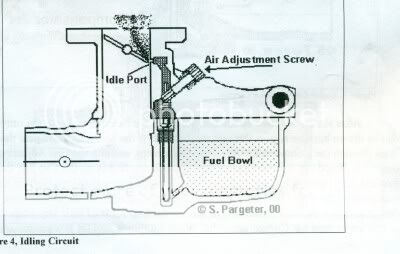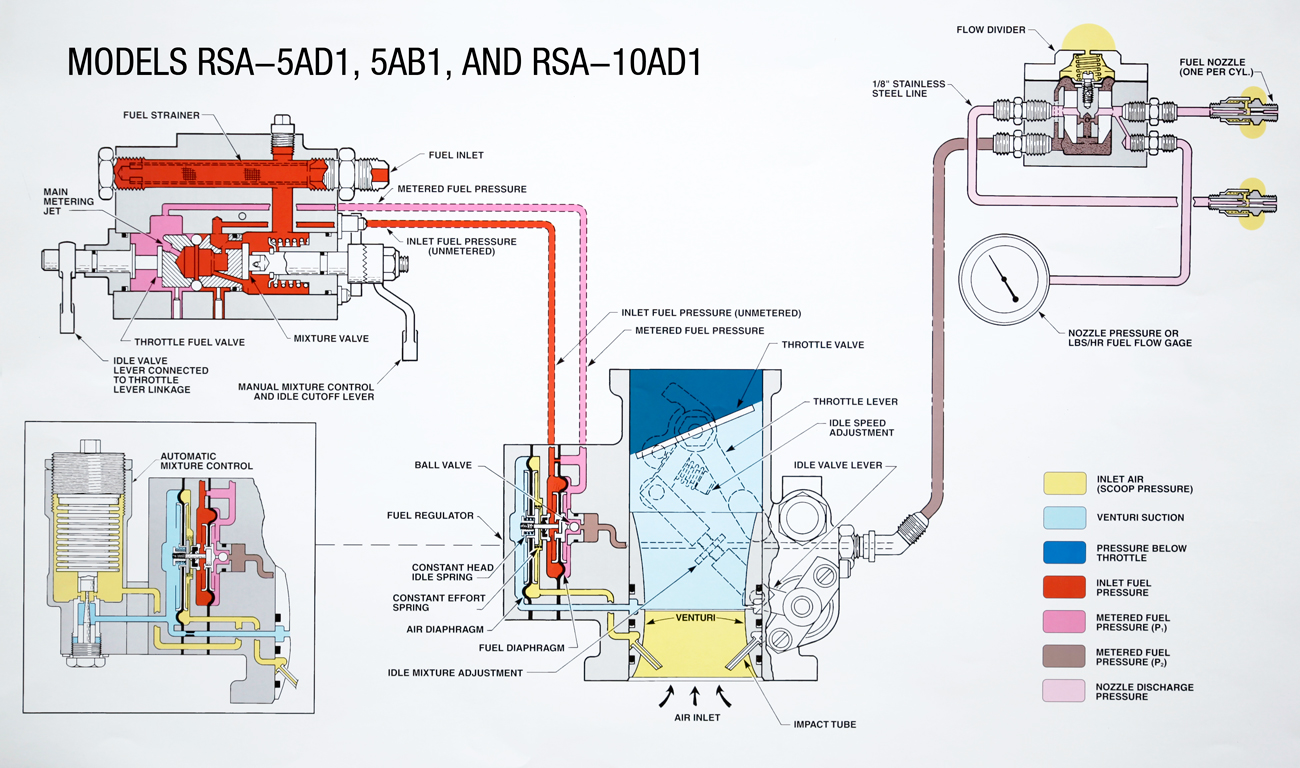No. It is not smooth and does not return to ambient pressure. Venturis depend critically on laminar airflow. Throttle plates are seldom laminar.
Actually a venturi can be anything that causes a change in velocity/pressure. There are ring venturis, slat venturis, single-side-double-bump venturis, etc. A throttle blade in an MA4 at idle allows a limited amount of air to flow from a large space (in front of the throttle blade) thru a small opening (the side of the throttle bore and butterfly) and into another large space (the other side of the throttle blade). The fixed idle orfice(s) are located in the area of low pressure/high velocity formed by this small opening. As soon as the throttle buterfly opens up and the vacuum is lost the fuel in the idle orfice stops flowing due to lack of venturi action.
There is an angle of attack effect here just like for a wing. Throttles are always stalled at low position (they may or may not be at WOT). Venturis in a stalled condition do not work.
The throttle butterfly (throttle valve on the A&P test) is merely a variable opening in the carb throat; it simply allows more or less air into the engine. You have ambient pressure on one side and vacuum from the cylinder intake stroke(s) on the other. At idle it creates a low pressure area at the idle fuel orfice but off-idle it's nothing more than a door.
The throttle also has nothing to do with fuel. It meters air. In a carburetor, it meters mixture, but that mixture is set elsewhere. With fuel injection, the injectors are usually (well) behind the throttle, as it's a lot easier to design an air-only intake.






